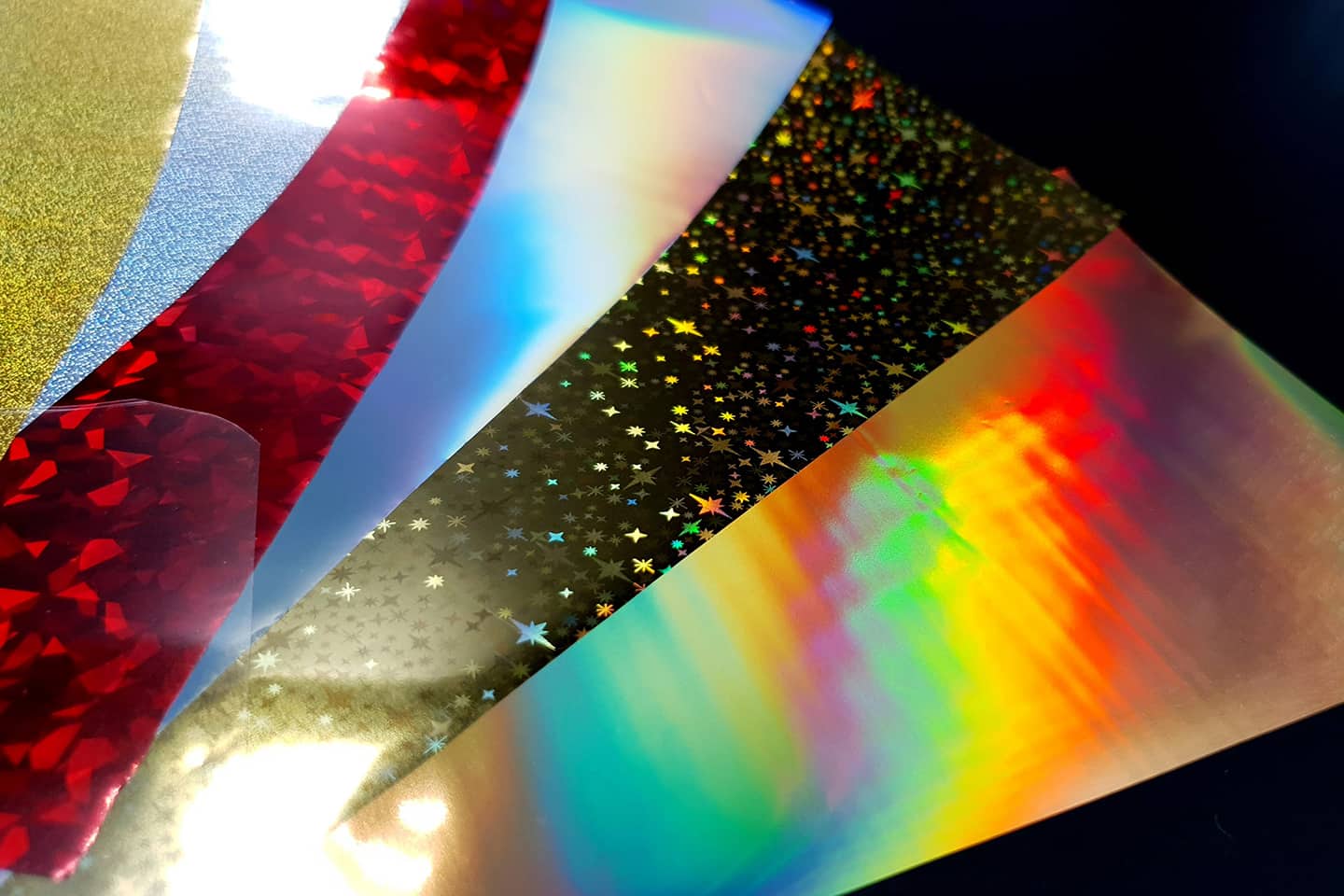

In fact, I came across this post in the ML forums quite recently, from user Tony Mac: Your needs may find this step redundant, but 'redundant' is usually safer. Why? If reel names are the only thing holding my offline/online connection together, I feel much better knowing I've insured myself against problematic duplicate names by implementing absolute control over what those reel names are.

You Probably Don't Have to Rename Anythingīut I have been, and I still do. So it still works - I just find it less confusing to rename right at the original. This meant that Resolve named clips based on original ML RAW file names, but still created unique reel names for those clips. RAWs prior to using RAWMagic, I was renaming already-converted CinemaDNG folder names. Before I had the realization that I could rename.
#Rawmagic lite tutorial full
You may have noticed an inconsistency in some of my proxy file names in either the Premiere media browser or timeline - this inconsistency is illustrated below (click for full image):Įssentially, this happened because I was figuring this workflow out as I was shooting. Want to read a little more from an expert who works with the 'grown-up' version of workflows like this? Suits & Covert Affairs Online Editor Scott Freeman stopped by our comments section a few weeks ago.
#Rawmagic lite tutorial Offline
If 709 in ProRes Proxy is too disheartening or depressing for you to look at while you cut, export your offline files in 422 HQ. 709 and use that as a rough 'one light' look, workprint-style. Develop individual CDNGs to your heart's content for your proxies, or batch decode into Rec. You decide the compromise in your offline between speed and fidelity.

Again, you still get to build your color grade from 14-bit uncompressed RAW either way. If your editor is not you and lives across the country, they only need the proxies to assemble a cut. Proxies can go where your full-res media may not be able to go: On a laptop, on a bus-powered drive, on Google Drive, on a plane. It allows you to cut fluidly and save the full-res RAW for when you really want it (like during color correction). If real-time debayering is beyond the means of your machine, this process, or one like it, gives you the best of both worlds. Creatives working on less powerful machines may find it trying to work with CinemaDNG natively (though we know that situation is going to improve for Premiere in October with GPU acceleration).That said, the benefits of this workflow are common enough to any offline/online process, basically amounting to the following: The most efficient post-production route depends on what you're doing, and what you're doing it with.
#Rawmagic lite tutorial pro
This tutorial uses Apple Automator, Rarevision RAWMagic 1.0 beta (pre- App Store), DaVinci Resolve 9 Lite, and Adobe Premiere Pro CC:Ĭertain tools such as raw2dng and Ginger HDR now offer a more direct route in many ways, but may not offer the strength, flexibility, and speed that this approach can provide. CinemaDNG in general has to do with the lack of metadata input (you could also use the tutorial for Blackmagic or Digital Bolex RAW if you wanted). Offline/Online Workflow for Magic Lantern RAW, Adobe Premiere, & DaVinci ResolveĪs a brief recap: 'offline' refers to any time you are not working directly with original camera negatives, but instead on lower-quality duplicates, and 'online' refers to when you're working with those originals. The reason the video is specific to Magic Lantern RAW vs. Check out the process that I've been using to round-trip Magic Lantern RAW between Adobe Premiere CC and DaVinci Resolve Lite below. When I started playing around with Magic Lantern RAW video, two things came to mind: First, a camera called the "5D" was once again the nucleus of a low-budget cinematographic revolution - this time thanks to the Magic Lantern team Second, how was I ever going to be able to edit what I'd shot? I've learned a lot since then, and it turns out an offline/online, proxy-based workflow is not only possible, but powerful.


 0 kommentar(er)
0 kommentar(er)
